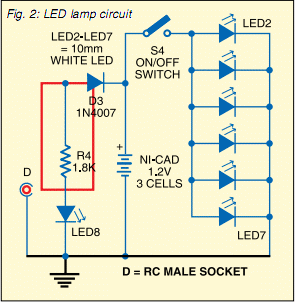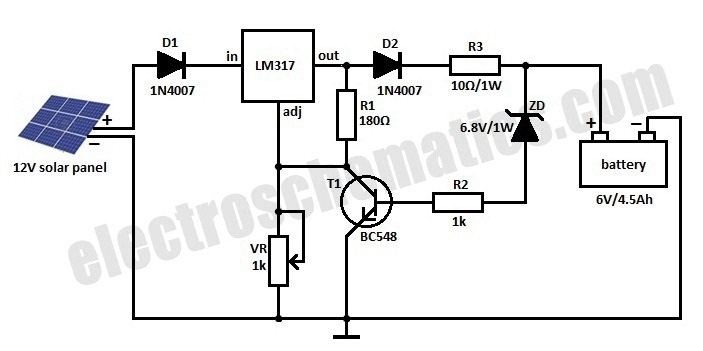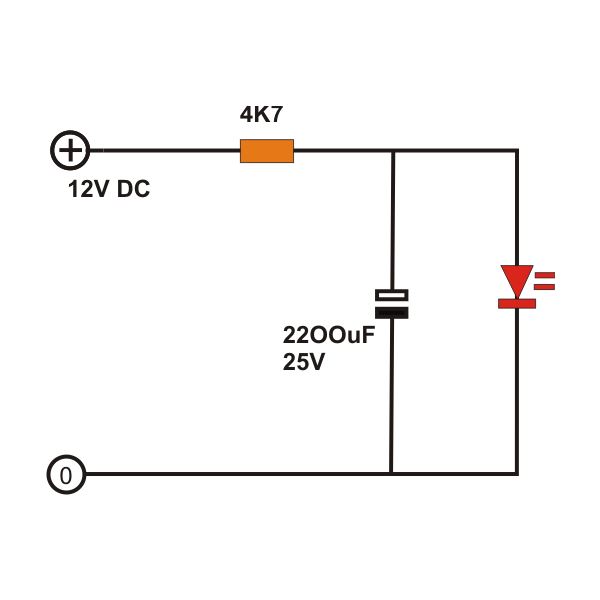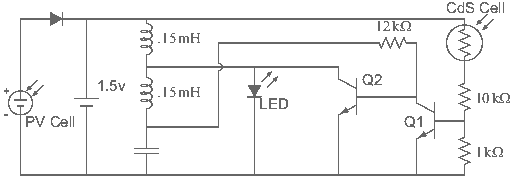
Solar Cell and Photovoltaic Circuits
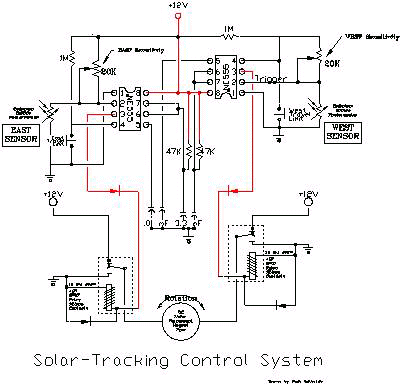
This simple circuit can be used to charge a pair of AA or AAA-sized cells using solar energy. It has been utilized to maintain the operation of devices such as a Palm Pilot and a Walkman radio continuously. This is an unregulated charger, and proper charging is accomplished by exposing the unit to sunlight for a predetermined duration, which varies depending on the battery type.
The circuit operates by converting solar energy into electrical energy, which is then used to charge the batteries. The essential components of this charger include a solar panel, a battery holder for the AA or AAA cells, and connecting wires. The solar panel generates a voltage when exposed to sunlight, and this voltage is used to charge the batteries.
Due to the unregulated nature of this charger, it is crucial to monitor the charging time to prevent overcharging, which can lead to battery damage. The charging time will depend on various factors, such as the solar panel's output, the battery's state of charge, and the specific type of batteries used.
For effective operation, it is recommended to use a solar panel with an output voltage that matches the nominal voltage of the batteries being charged. For example, a 6V solar panel is suitable for charging two AA or AAA cells in series, as the combined voltage of the cells will be approximately 2.4V when fully charged.
In addition to the basic components, it may be beneficial to incorporate a blocking diode to prevent reverse current flow from the batteries back into the solar panel during low light conditions. This addition helps to protect the solar panel and ensures that the batteries retain their charge when sunlight is not available.
Overall, this solar battery charger provides a low-cost and environmentally friendly solution for maintaining battery-powered devices, making it a practical option for outdoor enthusiasts or anyone looking to reduce their reliance on conventional power sources.This almost trivial circuit may be used to charge a pair of AA or AAA sized cells in the sun. I have used it to keep my Palm Pilot and walkman radio running perpetually. This is an unregulated charger, proper charging is achieved by placing the unit in the sun for a known amount of Time, this Time varies according to the battery type. 🔗 External reference
The circuit operates by converting solar energy into electrical energy, which is then used to charge the batteries. The essential components of this charger include a solar panel, a battery holder for the AA or AAA cells, and connecting wires. The solar panel generates a voltage when exposed to sunlight, and this voltage is used to charge the batteries.
Due to the unregulated nature of this charger, it is crucial to monitor the charging time to prevent overcharging, which can lead to battery damage. The charging time will depend on various factors, such as the solar panel's output, the battery's state of charge, and the specific type of batteries used.
For effective operation, it is recommended to use a solar panel with an output voltage that matches the nominal voltage of the batteries being charged. For example, a 6V solar panel is suitable for charging two AA or AAA cells in series, as the combined voltage of the cells will be approximately 2.4V when fully charged.
In addition to the basic components, it may be beneficial to incorporate a blocking diode to prevent reverse current flow from the batteries back into the solar panel during low light conditions. This addition helps to protect the solar panel and ensures that the batteries retain their charge when sunlight is not available.
Overall, this solar battery charger provides a low-cost and environmentally friendly solution for maintaining battery-powered devices, making it a practical option for outdoor enthusiasts or anyone looking to reduce their reliance on conventional power sources.This almost trivial circuit may be used to charge a pair of AA or AAA sized cells in the sun. I have used it to keep my Palm Pilot and walkman radio running perpetually. This is an unregulated charger, proper charging is achieved by placing the unit in the sun for a known amount of Time, this Time varies according to the battery type. 🔗 External reference

